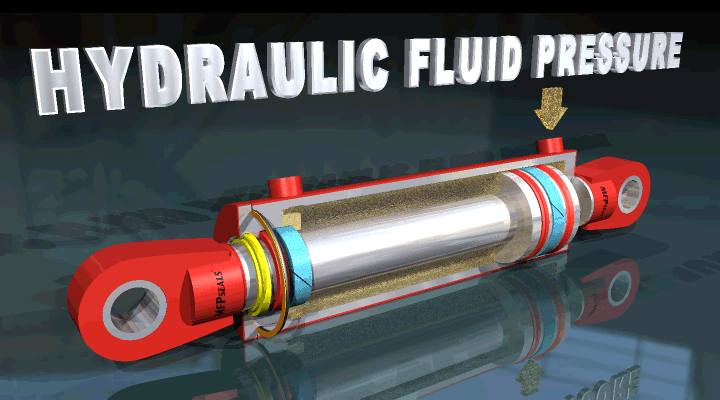What is Fluid Power?

Fluid power is one of three primary forms of power transmission or the process of converting power to a more useable form. Alongside electrical and mechanical power, fluid power is a vital component of modern society and much of what you use in your daily life is the result of some combination of these three processes. Each method works by transferring power from a primary mover like a motor or engine to an actuator that accomplishes the task required.
Fluid power, as the name suggests, uses fluids to generate, control, and transmit power. It is considered to be two distinct sub categories: hydraulics and pneumatics. Hydraulics transfers power using a liquid (often oil) while pneumatics transfers power with a gas (often compressed air). Fluid power uses a primary mover to drive a pump, which pressurizes either the gas (pneumatics) or liquid (hydraulics). In turn, this transfers power to the actuator through pipes or tubes.
A common use of fluid power systems is the simple and easy conversion of rotational motion to linear motion. Both hydraulics and pneumatics are used effectively and efficiently to provide control over that motion’s direction, speed, force, and torque using a simple control valve setup. Low cost, safety, and reliability are hallmarks traits of a fluid power system. They offer a wide-range of power transmission solutions in consumer, business, and industrial settings from raw output of sheer force to refined, sensitive positioning in machining operations.
A key advantage of fluid power systems over mechanical and electrical power systems is their ability to provide high levels of power and torque in relatively smaller spaces. Because gas and liquid act differently under pressure, there are significant differences in application and use between hydraulics and pneumatics. Look for Martin Fluid Power Seals to cover these key distinctions in a future post.









